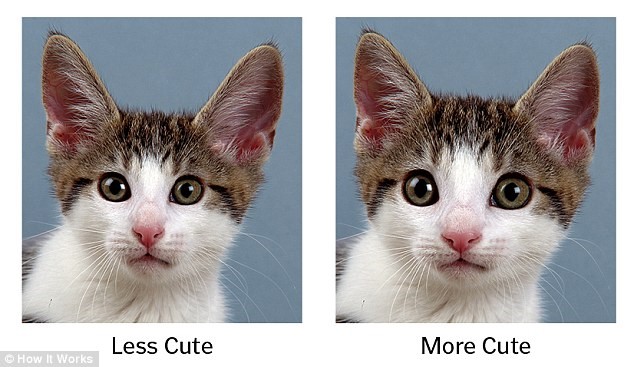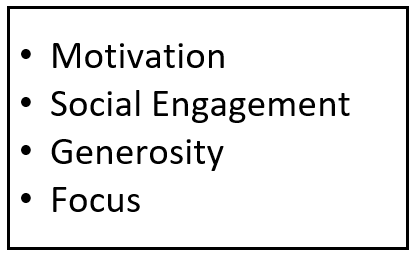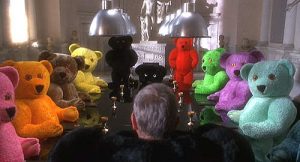We all know that it is helpful when you can incorporate kids, furry animals and the like into appeals. After all, giving has a strong emotional component that often accompanies the decision to contribute.
The benefits of using this tactic, however, go well beyond appeals.
Recent Research
Recent research from several sources demonstrates that using cute and adorable images, and emotional language can result in more productive staff, more generous attitudes and greater cooperation. Before we explore how you can operationalize this into your organization, let’s look at the research.
In the Proceedings of the National Academy of Sciences they examined tweets on the same subjects and to similar audiences for “viralness.” They found the tweets that used “moral and emotional” language were retweeted 20% more than similar tweets without this language. It found “moral-emotional” language like “hate” and “hope” packed the strongest punch, while gender was not a factor.
I also looked at research examining how stuffed animals and objects that remind us of children affect us in the board room and work place.
In a Harvard Business Review article published September 2011 by Sreedhari Desai, he found “Adults are less likely to cheat and more likely to engage in pro-social behaviors when reminders of children, such as teddy bears and crayons, are present.” Across the board, study participants lied less, were more generous and were better behaved than the control subjects when exposed to child cues.
Remarkably, researchers also observed “if companies have five or more day-care centers, nurseries, or kindergartens within a two-mile radius of their headquarters, their charitable giving increases significantly.” Perhaps the reason behind this is that oxytocin, considered to be a pro-social, feel-good hormone, is released when people are exposed to kids, or even the idea of a child.
This is where teddy bears come in.
Baby Schema
Teddy bears, like babies, often have large eyes, big foreheads, small chins and chubbiness. This is known as baby schema. Stuffed animals take advantage of this as do car designers — think BMW’s Mini Cooper or those small, roundish Fiats with the large, round headlights. Baby schema triggers a surge in the neurotransmitter dopamine as well as oxytocin, which contribute to behaviors ranging from increased motivation all the way to falling in love. From an evolutionary perspective, this likely reflects the universal need to care for and protect our kids.

Another study in 2012 by a Japanese group entitled “The Power of Kawaii” showed that when two groups of college students were exposed to either cute or less cute images, the group exposed to the cute images performed significantly better with tasks that required focus. They explained “cuteness-triggered positive emotion is associated with approach motivation and the tendency toward systematic processing.”

To me, this sounds like a day at the nonprofit office.
Cuteness >> Kids >> Emotional Response >> 
What can you do to capture and operationalize this?
1. Universities and schools already use mascots — create your own cute and furry mascot
2. Put photos in your offices and board room showing the children you serve and how you serve them
3. Have captions by the photos that are laden with emotional words
4. Provide crayons and paper at board and staff meetings
5. Have artwork produced by kids hanging on your walls
6. Have a large stuffed animal sitting in the corner of your board room. Some organizations actually have them sitting at the table during board meetings
7. Hold mission-centric live presentations by staff using kids when possible
8. Use emotional language, adorable animals and references to children in your social media and direct mail appeals as appropriate for your mission and services
9. Participate in bring your child to work day
10. Allow board members to bring their dog to the board meeting if they are well behaved


